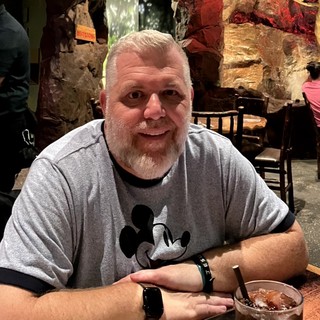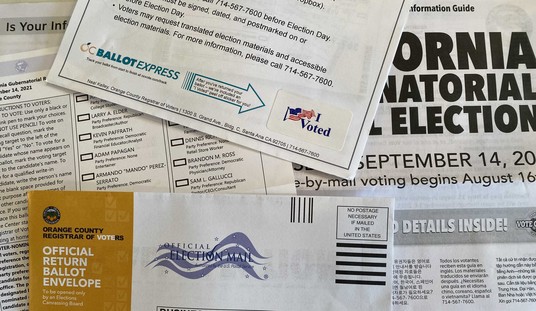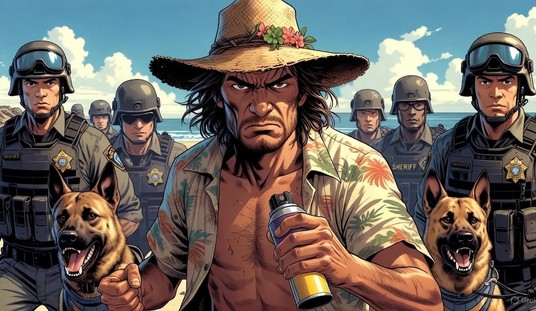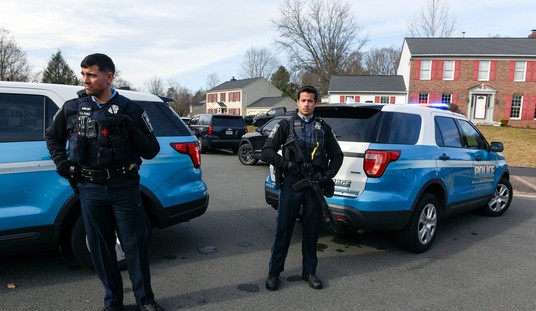On Sunday, as a line of thunderstorms moved across the South and Midwest, including devastating flooding and tornadoes, some family members reminded me of a historic storm that ravaged North Georgia 89 years ago. On April 6, 1936, a series of tornadoes struck the town of Gainesville, Ga., in the morning hours. The event still stands as the fifth-most destructive tornado in U.S. history.
According to the April 1936 Monthly Weather Review:
The first tornado struck on the campus of Brenau College at 8:27 a.m.; only minor damage occurred to the college buildings, but the trees on the campus were torn to pieces and the trunks thrown down in all directions; the course of destruction was narrow and extended nearly eastward through New Holland then northeastward into the country. The other tornadoes came along 10 minutes later, 2 distinct funnel clouds appearing at once. These destroyed all but a few buildings in the business section. One course of destruction led into the city from the southwest, just to the west of the Atlanta highway; the other came in from nearly west along the Dawsonville highway. These 2 paths came together west of Grove Street, and an area 4 blocks in width was laid waste across the entire city, beyond which separate courses of destruction again appeared.
The tornadoes killed 203 and injured over 1,600 people. The damage totaled an estimated $12.5 million ($283 million in today’s money). Incidentally, the same storm system nearly killed one-year-old Elvis Presley and his family.
“A furious spring windstorm which passed in three minutes killed nearly 150 persons here today in a blast that turned the business section into blazing wreckage, increasing to more than 300 the dead in tornadoes lashing the South," reported the Associated Press at the time. Of course, another 53 deaths would be confirmed.
“The death toll mounted steadily throughout the day and on into the night as rescue workers braved storm-caused fires to search the wreckage,” the report continued. “At 10:15 p.m. Central Standard Time, 145 bodies had been removed from the debris of wrecked buildings, the latest being six unidentified bodies, burned beyond recognition, taken from a building near the twisted Cooper Pants factory.” Over 70 people in the factory perished; a historic marker sits on the site of the factory today.
The tornado prompted two visits to Gainesville from then-President Franklin Delano Roosevelt. He visited the area a few days after the storm and returned two years later to celebrate the rebuilding of so much of the town.
What’s remarkable about this tornado event for my family and me is that my grandfather and his family lived through it. I don’t remember him talking about it much, but he wrote several pages about that fateful morning in his memoirs.
Flashback: Atlanta's 'Snowpocalypse': 10 Years Ago This Weekend
He was 11 years old, and he tried to get out of going to school by telling his mother that he didn’t like the looks of the clouds. She made him and his brothers go to school anyway. I’ll let him pick up the account:
The 8:20 bell rang, and we lined up at the door. At 8:25, a teacher came out the front door, rang her bell and we marched in an orderly line into the building and onto our classrooms.
Before the teacher could call the roll, it was obvious that something very serious was happening. The elements turned gray and everything began to darken, as if it was late afternoon. My desk was located in the row adjacent to the windows, I was so engrossed in what was going on it seemed time just stopped.
Then I saw things flying through the air followed by a roar louder than anything I had ever heard. Three giant sycamore trees right outside our school were twisting and turning and bending ‘til the tops were almost touching the ground.
Then it seemed like the world exploded, window panes were shattering, debris was flying all over our class room. I looked around and there was no one else in the room with me, I was flat out by myself in that hell. I got up from my desk and ran to the door to go into the hall. When I reached the door wind blew me backwards, I said to myself, "Whoa, I better not try that again."
Then I ran by the blackboard to the cloakroom. I have no idea about what I meant to do; I just ran. When I got in the cloakroom, there was one boy and two girls huddled against the wall. I got my jacket, took two more jackets off the hooks and threw them to the girls, and told them to put them over their heads. I guess I thought they could hide by doing that.
I don't know why I didn't stay in there; it was far safer than going back into our open classroom. The boy followed me out, then I stopped and stood against the blackboard with my jacket over my head because glass, limbs, books and no telling what else was flying through our room. As I stood there I could feel objects hitting my jacket, and I heard stuff hitting the blackboard all around me.
The tornado hit at 8:33 and was gone within three minutes. The children’s screams and cries filled the air, and water mixed with blood flowed along the hallway. My grandfather told one of his friends who was crying that the storm was nothing serious.
“Then I looked at the five-story cotton mill and the whole end had been blown away, I could see all five floors, just like in a doll house,” he continued. “I didn't tell ‘Junebug’ again that it was nothing serious.”
My grandfather’s older brother found him, and they went to find their youngest brother. Once they collected him, they headed home, crawling over fallen trees and dodging crackling power lines all the way.
Their mother was crying when they got home because she didn’t know if her boys were dead or alive. The damage at the house wasn’t as bad as it was in town; the worst damage was a tree that had fallen on their oldest brother’s bedroom. He worked the second shift, so he was sleeping when the tornado came through. Their mother had the foresight to wake him up and tell him to come downstairs before the tree fell.
Flashback: Remembering Snow Jam: the Storm That Paralyzed Atlanta 40 Years Ago This Week
The local doctor went around to every house in town to see who needed medical attention. My grandfather’s sister (the oldest sibling) and her husband lived in the hardest-hit area of town. They survived, but the husband’s mother, who lived next door, didn’t.
My grandfather’s father was in the backyard the next day and found a quarter stuck in the mud, as well as a new shirt that the tornado blew out of a store in town. They also learned of a family acquaintance who worked in a hardware store in town. He closed himself up in a safe to escape the tornado and burned to death in the ensuing fire.
The school stayed closed for five weeks for repairs. My grandfather and his brothers and friends enjoyed the break, but it meant that school stayed in session long into the summer. He believed that his teacher panicked and ran out of the building instead of seeing to her students. They never saw her again.
“I've wondered many times about my actions that day,” my grandfather wrote. “I did the right thing when I left my desk, but I should have stayed in the cloakroom, that was the safest place to be. When I went to the blackboard I should have fallen flat on the floor, that would have been much safer instead of standing upright. I never felt terror; I think bewilderment would describe my feelings more. I didn't realize what a terrible three minutes it was 'til I saw the mill, then I was scared.”
What would you expect an 11-year-old to do under these circumstances? That he survived at all with nothing worse than a minor cut shows that God was looking out for him. It’s a memory that never left him.
The maps in this article from the May 1936 Monthly Weather Review show where the tornadoes converged and their paths before and after:
May 1936 Monthly Weather Review by PJ Media on Scribd
I want to take a quick timeout here to let you know how much I appreciate your support as a PJ Media reader. Your loyalty allows me to write deeper dives and longer pieces like this.
We’re not beholden to billionaire donors, so we have to fight the uphill battle of competing for advertising dollars. That’s why our PJ Media VIPs are so crucial in helping us survive and thrive.
VIPs get access to exclusive content, the comments section, podcasts, and an ad-free experience. If you’ve considered becoming a VIP, there’s never been a better time. You can sign up today with the code FIGHT for an impressive 60% discount.










